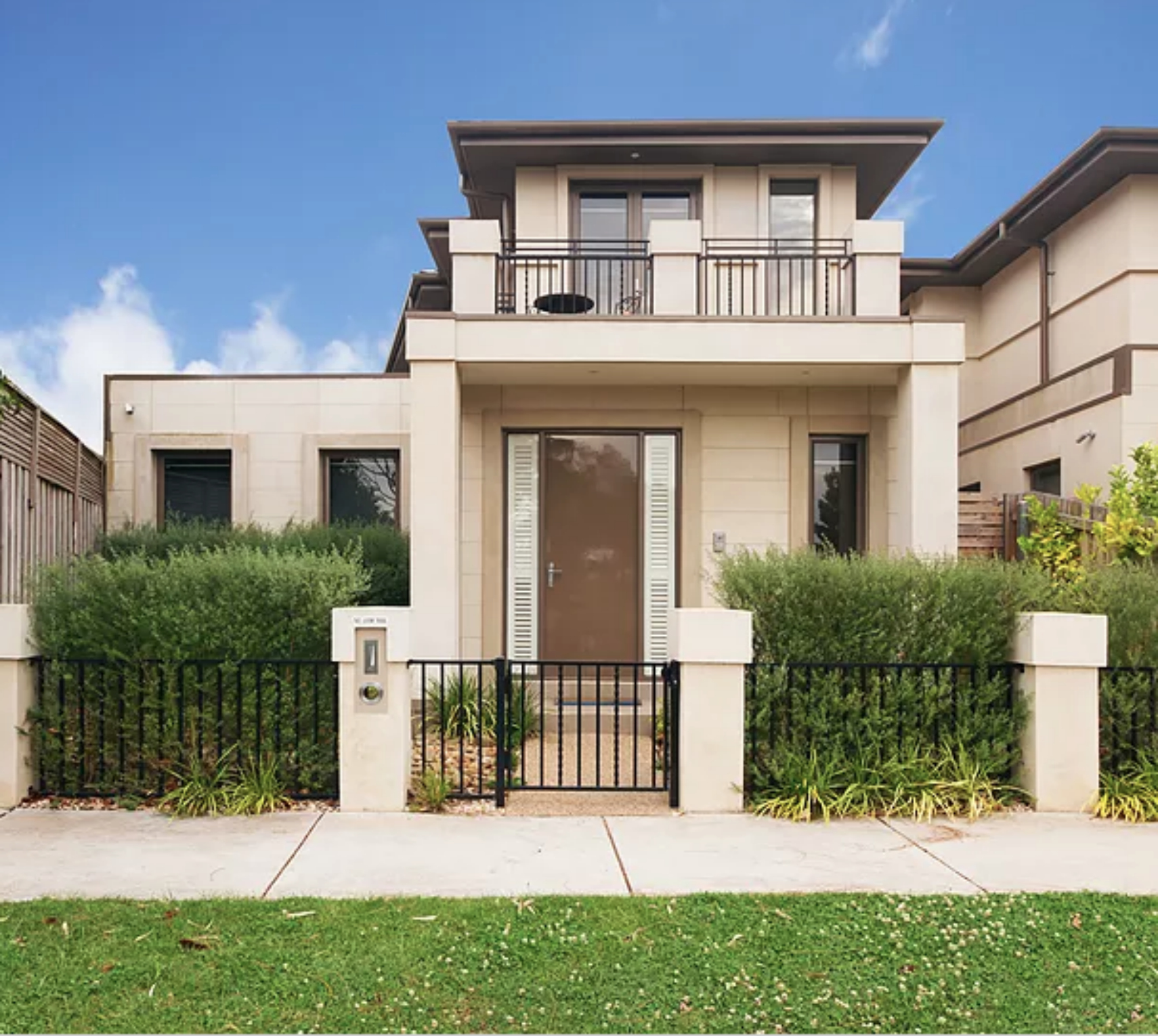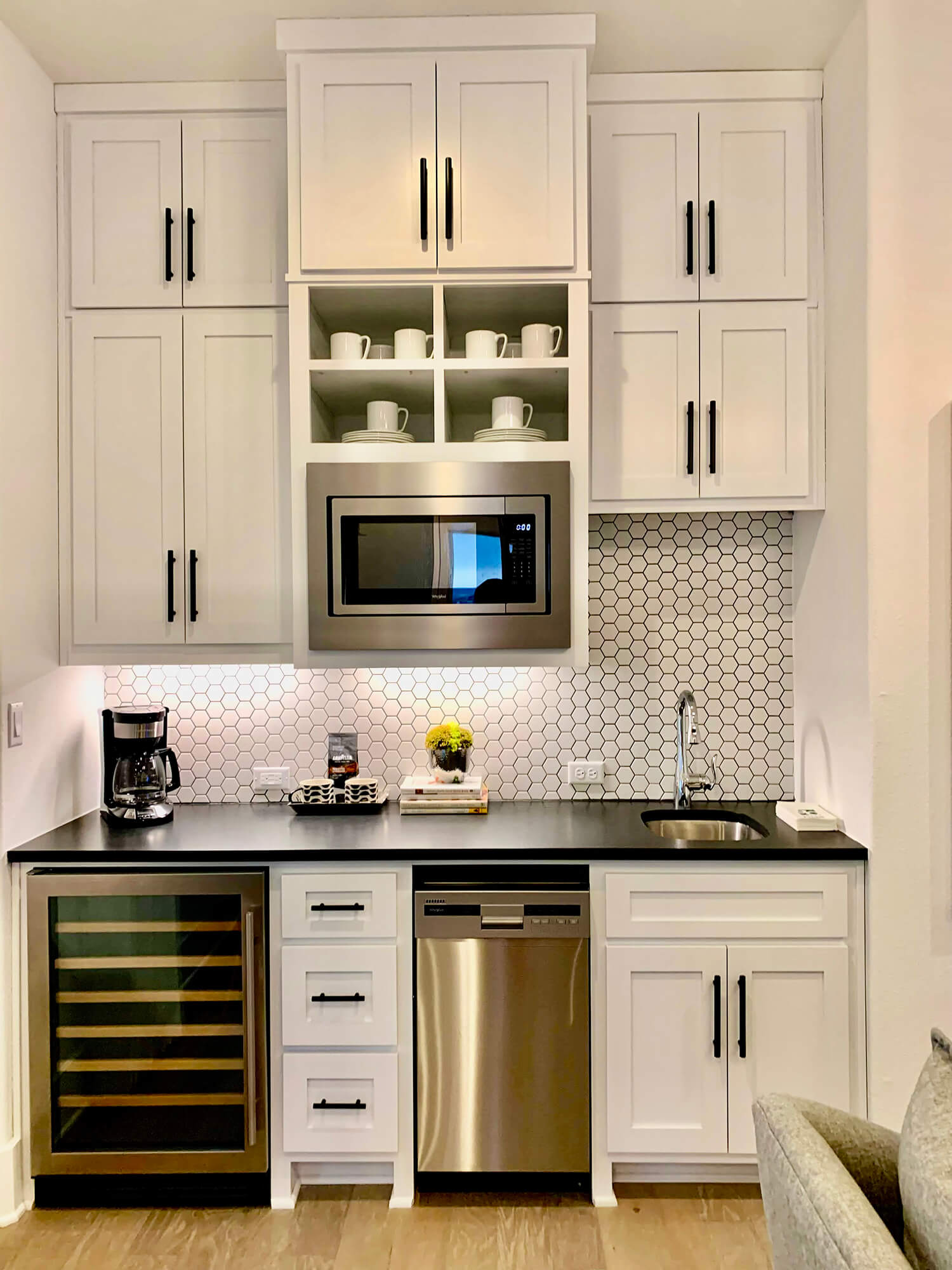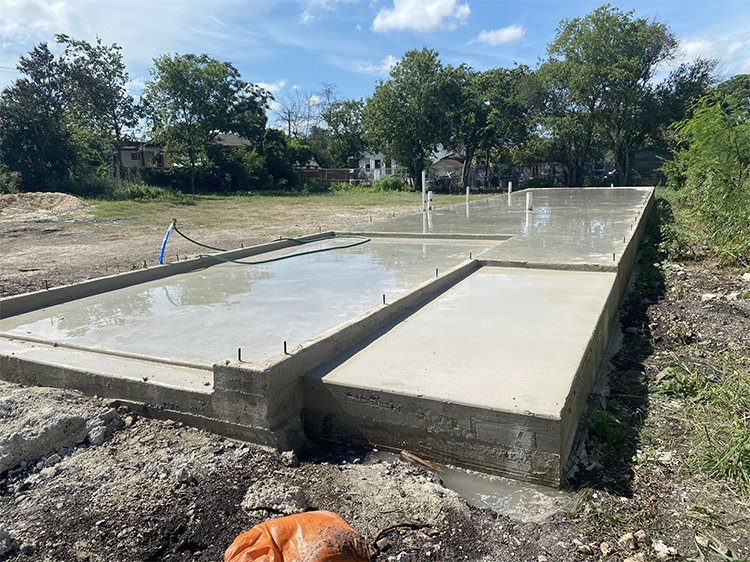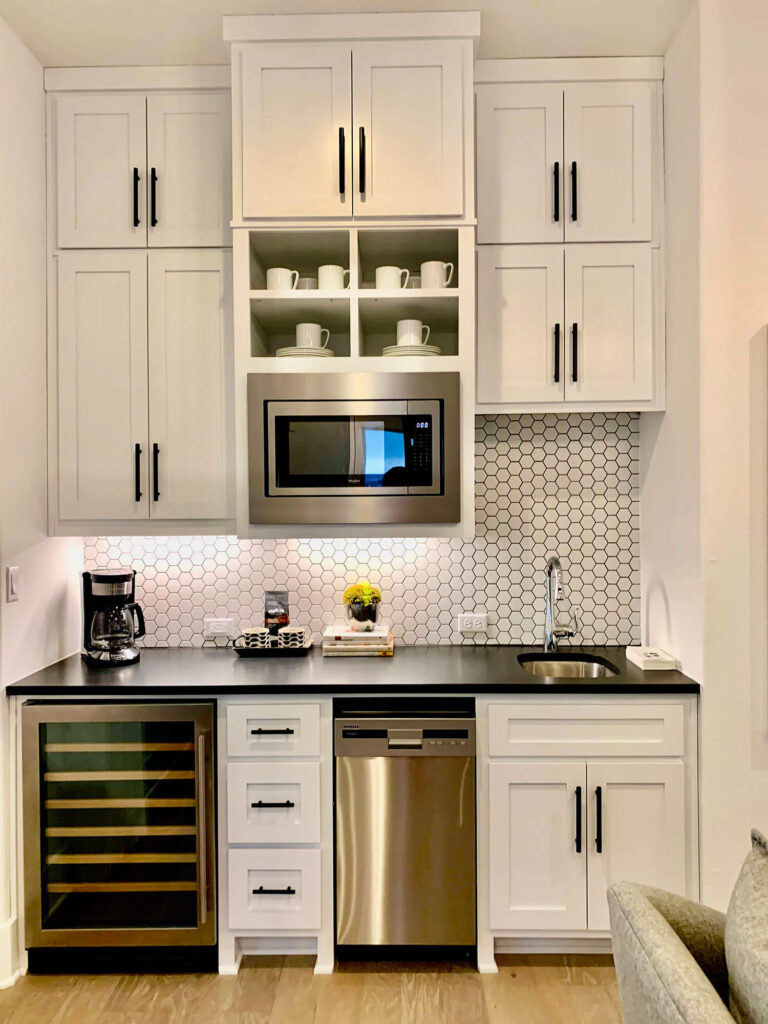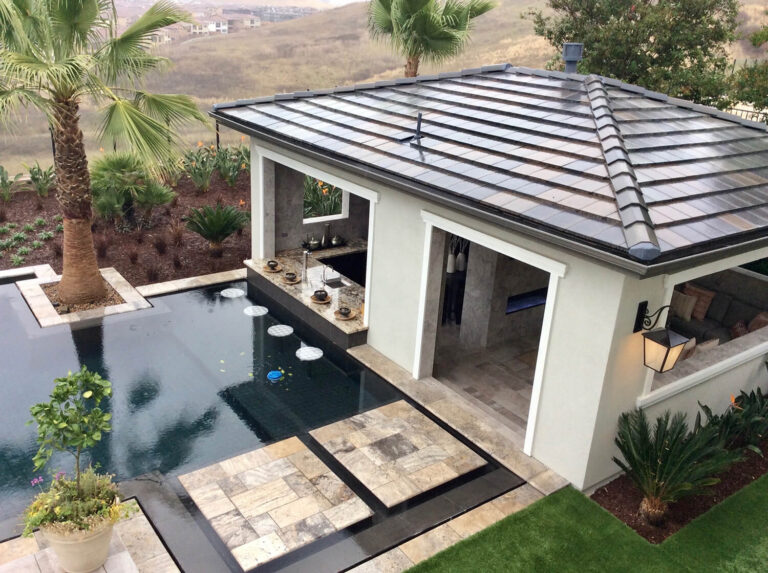What are the essential steps in the home building process?
A Step-by-Step Guide to Building Your Custom Home in Austin, Leander, and Round Rock
Building a custom home is a significant endeavor that allows you to create a space tailored to your lifestyle and preferences. In the vibrant regions of Austin, Leander, and Round Rock, this process is both exciting and intricate. Understanding each phase can help ensure a smooth journey from concept to completion.
1. Finding the Perfect Lot
The foundation of your dream home begins with selecting the right piece of land.
- Location Considerations: Proximity to essential amenities such as schools, healthcare facilities, and shopping centers is crucial. Additionally, consider the commute to workplaces and the overall neighborhood vibe.
- Zoning and Regulations: Each city has specific zoning laws that dictate the type of structures permissible on a lot. It’s essential to familiarize yourself with these regulations to ensure your plans align with local ordinances.
- Land Characteristics: Assess the topography, soil quality, and drainage capabilities of the lot. These factors can influence construction methods and costs.
- Utilities Access: Ensure the availability of essential utilities like water, electricity, and sewage systems. In some areas, extending these services to your lot can be costly and time-consuming.
2. Designing Your Custom Home
Collaborating with experienced professionals is key to bringing your vision to life.
- Architectural Design: Engage with architects who understand the local aesthetics and climate considerations. Their expertise will help in creating a design that’s both functional and harmonious with the surroundings.
- Customization: Tailor the floor plan to your specific needs, whether that includes a home office, gourmet kitchen, or outdoor living spaces.
- Sustainability: Incorporate eco-friendly materials and energy-efficient systems. Not only does this benefit the environment, but it also leads to long-term cost savings.
3. Securing Financing
Understanding your financial options is crucial for a smooth construction process.
- Construction Loans: These short-term loans cover the costs of building your home and typically convert into a traditional mortgage upon completion.
- Budgeting: Work closely with your builder to establish a realistic budget that accounts for materials, labor, permits, and unexpected expenses.
- Financial Planning: Maintain a contingency fund to address any unforeseen costs that may arise during construction.
4. Obtaining Permits and Approvals
Navigating the permitting process is essential to ensure your project complies with local regulations.
- Permit Requirements: Each city has specific requirements for building permits. Collaborate with your builder or architect to ensure all necessary documentation is submitted accurately.
- Inspections: Throughout the construction process, various inspections will be conducted to ensure compliance with safety and building standards.
- Timelines: Be prepared for the time it may take to obtain approvals, as this can impact your construction schedule.
5. Construction Phases
With approvals in hand, the physical creation of your home begins.
- Site Preparation: Clearing the land, leveling, and setting up necessary infrastructure are the initial steps.
- Foundation: Laying a solid foundation is critical for the structural integrity of your home.
- Framing: This phase involves constructing the skeleton of the house, including walls, floors, and roof structures.
- Systems Installation: Plumbing, electrical wiring, and HVAC systems are installed during this stage.
- Interior and Exterior Finishes: Drywall, flooring, cabinetry, and exterior siding are added to bring your home closer to completion.
6. Final Inspections and Move-In
As construction wraps up, final evaluations ensure everything is in order.
- Inspections: Local authorities will conduct final inspections to confirm that the home meets all building codes and safety standards.
- Walkthrough: Conduct a thorough walkthrough with your builder to identify any touch-ups or corrections needed.
- Occupancy Certificate: Once all inspections are passed, you’ll receive a certificate of occupancy, allowing you to move in.
- Landscaping: Finalize any outdoor features, such as gardens, driveways, or patios, to enhance your property’s curb appeal.
Custom Home Building in Austin
Embarking on the journey of building a custom home in Austin, Leander, or Round Rock is both rewarding and complex. By understanding each step and collaborating with experienced professionals, you can create a residence that truly reflects your vision and meets your unique needs.
For more information on our custom home building services in these areas, visit our dedicated pages:


